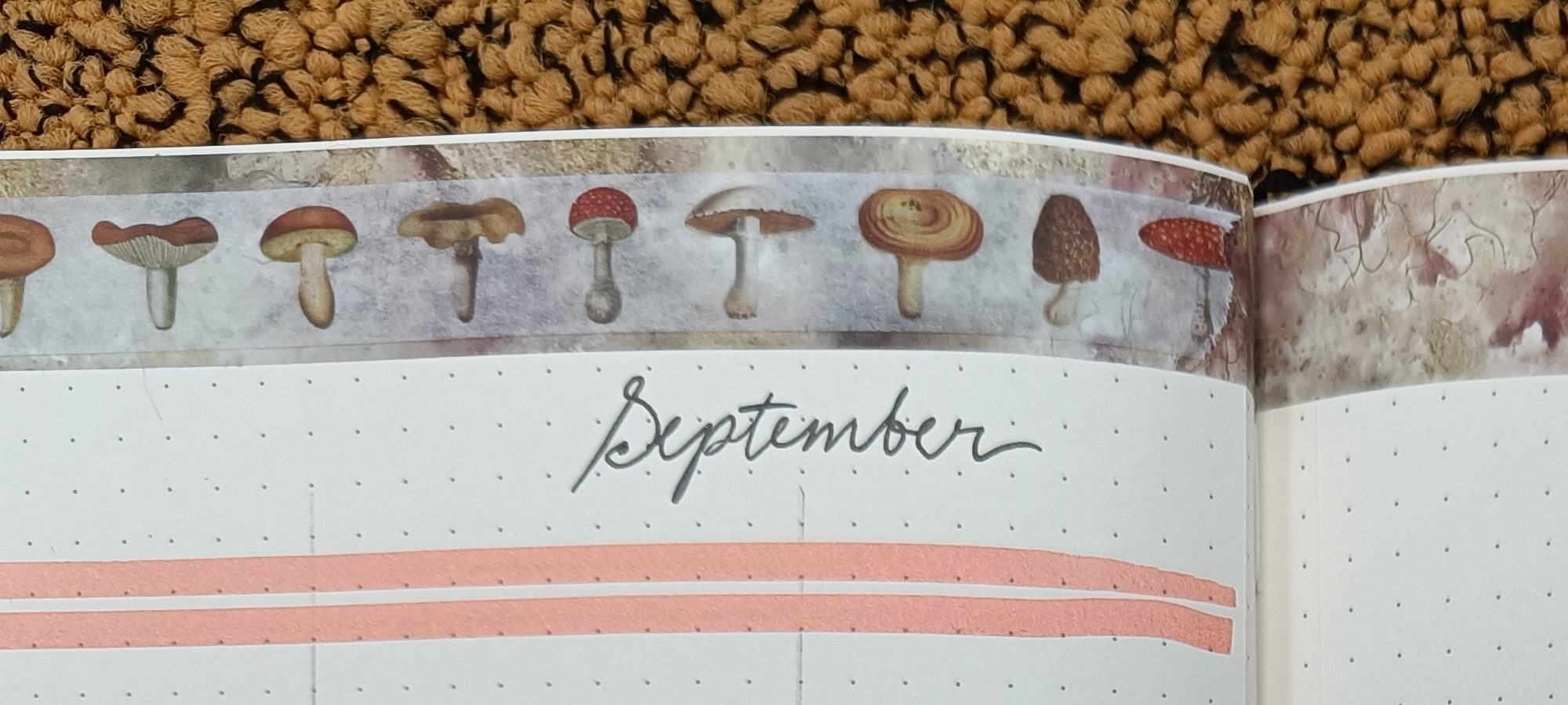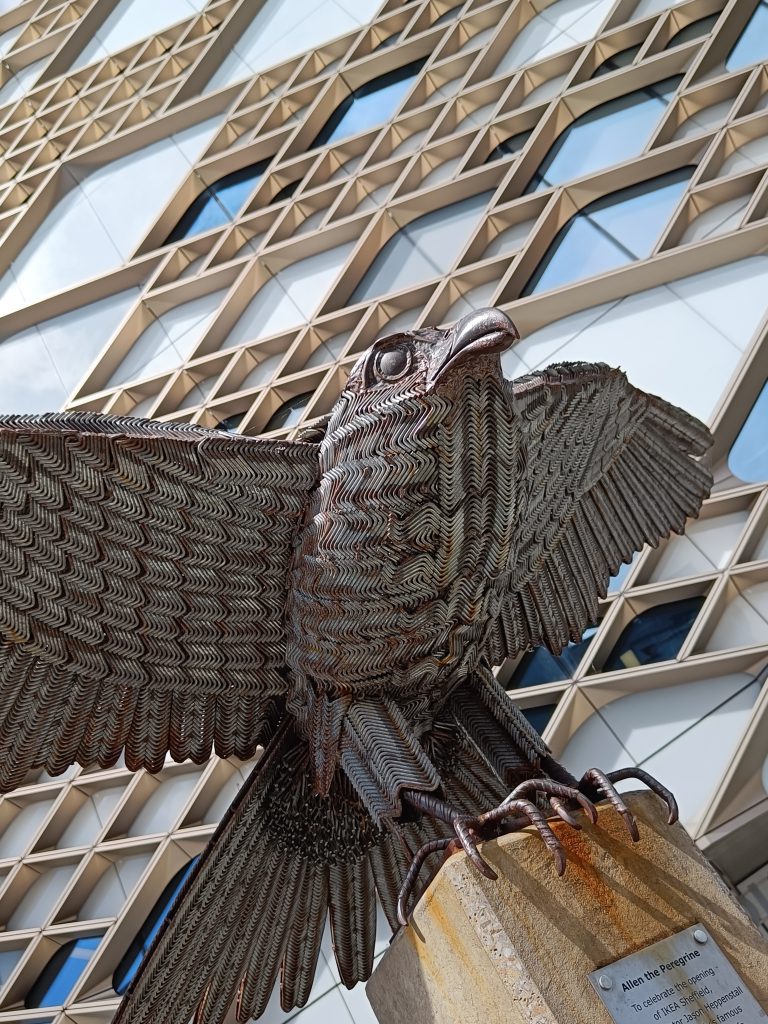This post is by conference assistant, Krista Muuri. Other posts by our assistants may be found here and here.
The Reading Visual Devices conference took place May 22–24 in Turku, and I had the pleasure of helping organize it as one of the conference assistants. In this blog post I will discuss what this role entailed and share some thoughts and ideas I gained from listening to the presentations.
Preparations started well before the actual date of the conference, and my part in them consisted mostly of creating various materials, such as a map of nearby lunch places for the attendees. This led to me becoming very well acquainted with various editing software, some new and some that I had not used for years.

The conference opening
Once the conference finally started, we assistants made sure that everything was in order before each session started and cleaned up afterwards. During these sessions we were either working at the info desk or in the rooms making sure everything ran smoothly. The shifts at the info desk involved helping attendees with various things, such as the locations of the rooms and the schedule of the conference. Assisting in the rooms on the other hand mainly consisted of setting up slide shows and keeping time during presentations.
It was not all work however, and during these shifts in the rooms we had plenty of time to listen to the presentations. The topic of the conference, reading visual devices, is not something I have often come across in my studies, so this was also a great learning opportunity. All kinds of visual devices are very commonplace not only in academic contexts but also in day-to-day life, so knowing how to read and use them is a very useful skill to have, and I feel like I gained a lot of new perspectives from listening to these presentations.
Since this conference dealt with specifically medieval and early modern literature, the texts and visual devices being analyzed were created following different conventions than we would nowadays use. Due to this they look very different and can thus be a bit hard to interpret, so I found it very useful to hear what processes the experts of this area of study use when analyzing these older texts and visual devices. It was also very interesting to listen to discussions on why they might have been the way that they were.
An interesting aspect of these early visual devices, images specifically, that came up in a few of the speeches I attended was that they were not always meant to be completely true to life: a less realistic form could actually be used to convey various kinds of abstract concepts or ideas. Another topic raised in a few talks was that the text itself may function as a visual device. This could be through, for example, blank spaces and other methods of formatting. I had never considered this before, so it opened my eyes to a new way of thinking about the outward appearance of texts.
To conclude, while this internship of course gave me plenty of useful skills when it comes to organizing larger events and working as a team with other people, the highlight of this experience was definitely the presentations I got to listen to. As someone with next to no background knowledge on the topic of this conference, I was surprised not only by how much of them I was able to understand but also by how interesting they ended up being. This internship was also a wonderful opportunity to see not only how academic conferences are organized, but also what kind of research is currently being conducted in the field of early modern literacies.
Krista Muuri

